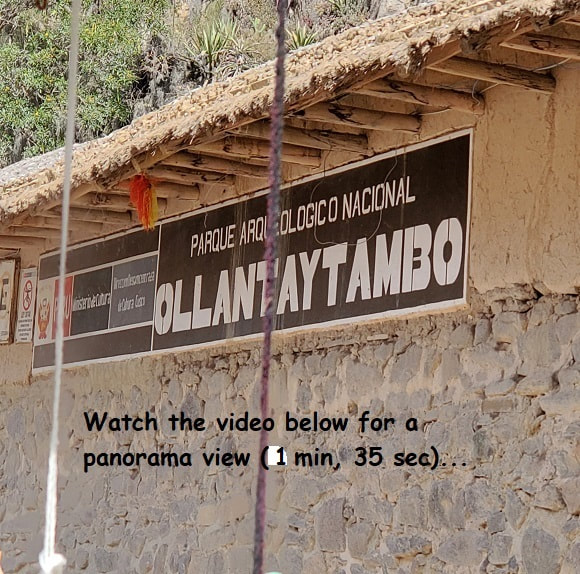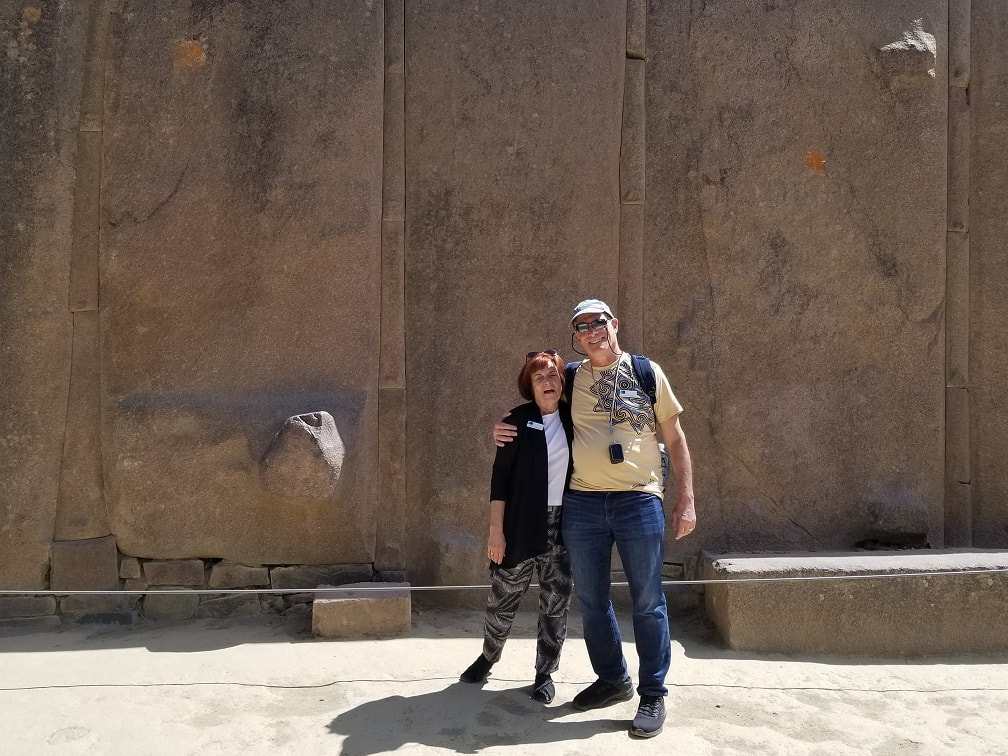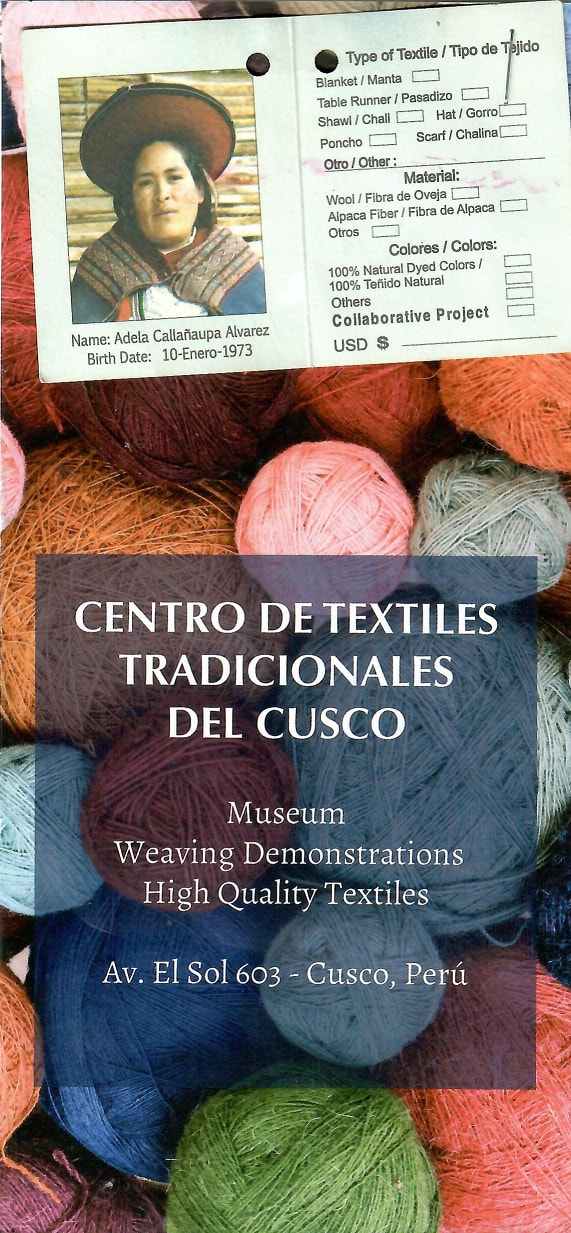|
Today we started with a presentation by National Geographic grantee Peter Frost, who has been exploring and writing about the Andes for 35 years. Frost first arrived in Peru in 1971, for a month-long visit. He stayed for three years, traveling about the Andes as Staff Travel Correspondent for the Peruvian Times, a small English-language magazine then published in Lima. He has been exploring the Andes and Amazon ever since, focusing especially on the powerful Inca dynasty that ruled the Andes from the early fourteen-hundreds until the Spanish invasion of 1532. He is the author of "Exploring Cusco," first published in 1979 and now in its 6th edition. He gave a fascinating introduction to the Inca Empire. On to Ollantaytambo to climb the Incan temple fortress. According to researchers, this complex has its origins in the Aymara culture and its name would come from the word Ullanwtawi which means "see down" or "viewpoint". Later, the Quechua language was predominant in this area and the name was changed to Ullantay. When a tambo or lodging was built on the esplanade of the place, the name of Ullantay Tampu was adopted, deriving in Ollantaytambo, as it is currently known. The Ollantaytambo temple is an impressive architectural ensemble. It is located at 2,792 meters of altitude and is 3,500 years old. It is believed that its construction was oriented towards the city of Cusco, as its architects sought to defend themselves against the Incas. They also chose this area because of the underground water channels they discovered at great depth. The Ollantaytambo builders designed an aqueduct system, which is still fully operational today. Each fountain was carved out of rock with its own characteristics and designs. The best known and considered the most beautiful is the ñusta fountain, made of a single stone and decorated in the form of a portal. On to lunch at the grand Casa Hacienda Huayoccari for lunch. Peter Frost gave a lecture on the theories of how the Incas moved and built with stone. The Incans were master engineers and built over 25,000 miles of roads through the mountains and valleys of their empire. There has been a lot of research and speculation on how they moved 3–10-ton stones, shaped them, and placed them so precisely that today you can't insert a knife blade between most of the masonry work! Here is one report... After lunch we went to a viewing area on the hacienda and were treated to a presentation and demonstration on tradition weaving by a ladies of Centro De Textiles Tradicionales Del Cusco. Watch this video for Flora Callañaupa's talk...Following the weaving demonstration and marketplace we turned around and were treated to a demonstration of Peruvian Paso horsemanship! "Peruvian Pasos are the Rolls Royce of riding horses, definitely with an automatic – not manual – transmission,” Ray Wood says with a twinkle in his eye. “They originated in Peru to carry their owners in comfort across vast haciendas, so they’re naturally gaited and ultra-smooth – no bounce at all. All you have to do is sit and enjoy their gentle rocking ride.” [From EquiSearch] Live music accompanied the riders! Check out the North American Peruvian Horse Association. Watch this seven-minute clip of the dancing (horses AND people!)...This amazing day ended with a nighttime performance on the lawn of the hotel facing the river. It was a Dance of the Gods!
0 Comments
Leave a Reply. |
Just the highlights and headlines...
Archives
January 2023
Categories |



























































 RSS Feed
RSS Feed